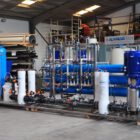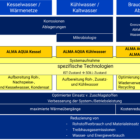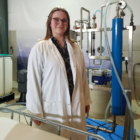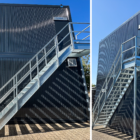Level measurement is an essential component in the control and monitoring of industrial processes, especially in water and wastewater technology. It enables the precise detection of the fill level in tanks, containers, reactors and open bodies of water. This information is crucial for process automation, the prevention of overflows or dry-running conditions, the optimization of operations and compliance with safety regulations.
This article explains in detail the technical background, the various measuring principles, challenges and applications of level measurement in practice.
Table of contents
Importance of level measurement in water and wastewater technology
Level measurement is indispensable in many areas of water management:
Process control:
- Control of pumps, valves and control systems based on fill levels.
- Automatic dosing of chemicals and water flows.
Security:
- Avoidance of overflows in sewage treatment plants or storage tanks.
- Protection of pumps and systems against dry running.
Increased efficiency:
- Optimization of container management to minimize energy and chemical consumption.
Monitoring and reporting:
- Compliance with legal regulations through continuous monitoring of water levels.
Principles and technologies of level measurement
There are a variety of level measurement technologies that are selected depending on the application, accuracy requirements and environmental conditions. These can be divided into continuous measurement methods (to determine the exact level) and limit level measurements (to detect specific levels such as overflow or minimum).
1. hydrostatic-based level measurement
Functionality:
- The method is based on measuring the hydrostatic pressure, which is proportional to the filling level of a liquid:
Advantages:
- Robust and reliable.
- Suitable for liquids with constant densities.
Applications:
- Level measurement in sedimentation tanks, equalization tanks or chemical tanks.
2. ultrasonic level measurement
Functionality:
- An ultrasonic sensor emits sound waves that are reflected by the liquid surface. The transit time of the signal is used to determine the fill level.
Advantages:
- Non-contact measurement.
- Suitable for aggressive or contaminated media.
Restrictions:
- Sensitive to steam, foam and temperature fluctuations.
Applications:
- Level monitoring in sewage treatment plants, rainwater overflow basins or chemical tanks.
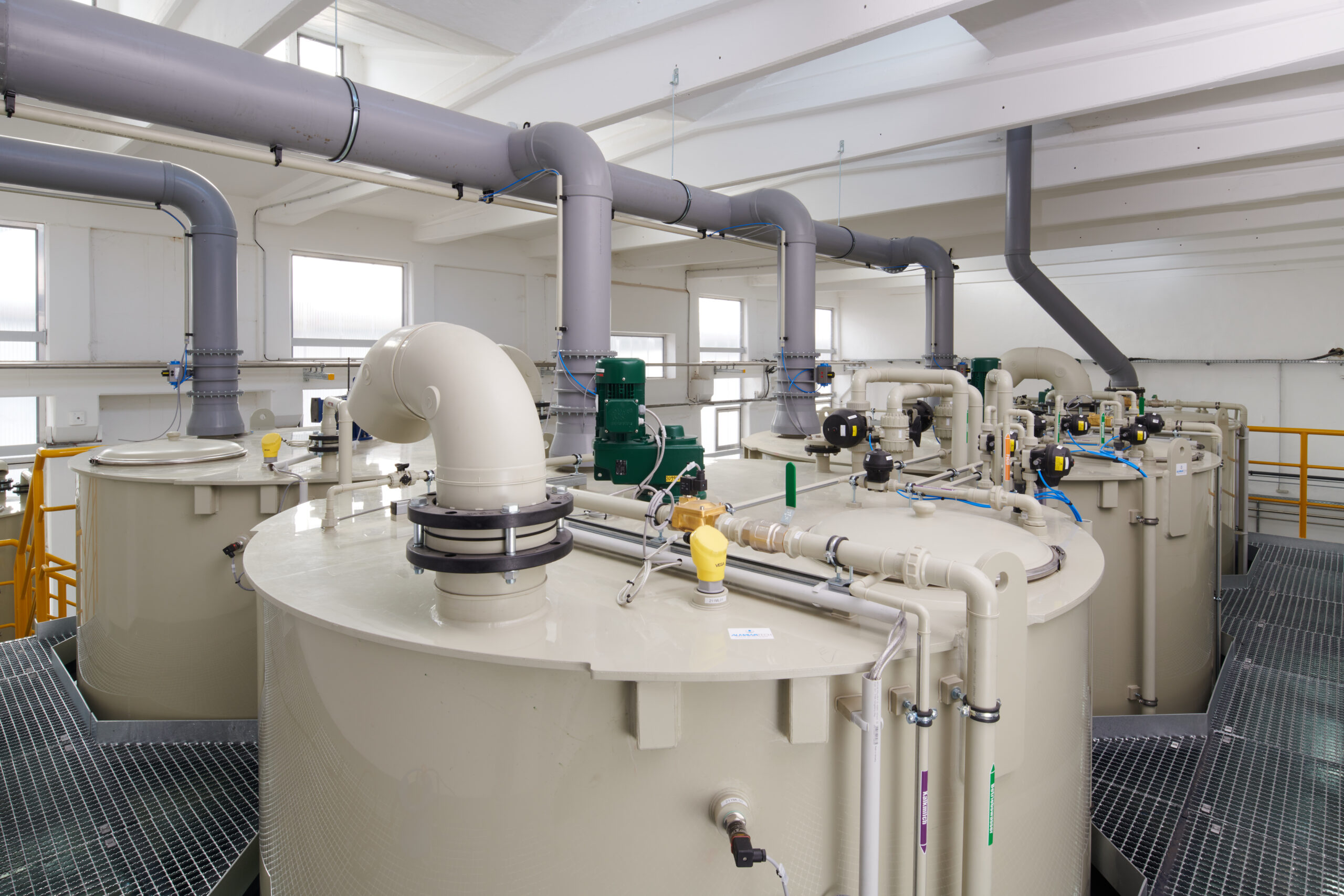
Photo: In yellow, a radar probe for continuous level monitoring in the reactors of our CP plant ALMA CHEM CMW
3. radar-based level measurement
Functionality:
- Radar waves (usually in the GHz range) are emitted and reflected by the liquid surface. The transit time of the signal is used to measure height.
Advantages:
- High-precision measurements.
- Works independently of pressure, temperature and medium density.
Applications:
- Level measurement in pressurized reactors, bioreactors or aggressive chemical tanks.
4. capacitive level measurement
Functionality:
- If the filling level of a medium changes, the capacitance of a sensor that functions as a capacitor changes.
Advantages:
- High sensitivity with small containers.
- Suitable for point level measurement.
Restrictions:
- Sensitive to soiling and adhesive media.
Applications:
- Monitoring of minimum and maximum fill levels in small containers.
5. float-based level measurement
Functionality:
- A float follows the liquid level and either activates mechanical switches or provides an analog signal.
Advantages:
- Simple and cost-effective.
- Suitable for robust applications.
Restrictions:
- Mechanical parts require maintenance.
Applications:
- Level control in open containers or sedimentation tanks.
Conclusion
Level measurement is an indispensable technology in water and wastewater technology. It ensures process reliability, optimizes operation and enables compliance with legal requirements. The selection of the appropriate measuring method depends on the specific requirements, the properties of the medium and the ambient conditions. With modern technologies such as radar, ultrasound and capacitive sensors, even complex applications can be implemented precisely and reliably. A sound understanding of the technical background and potential challenges is crucial in order to fully exploit the benefits of level measurement.
For further information on our products, please feel free to contact us at any time!




